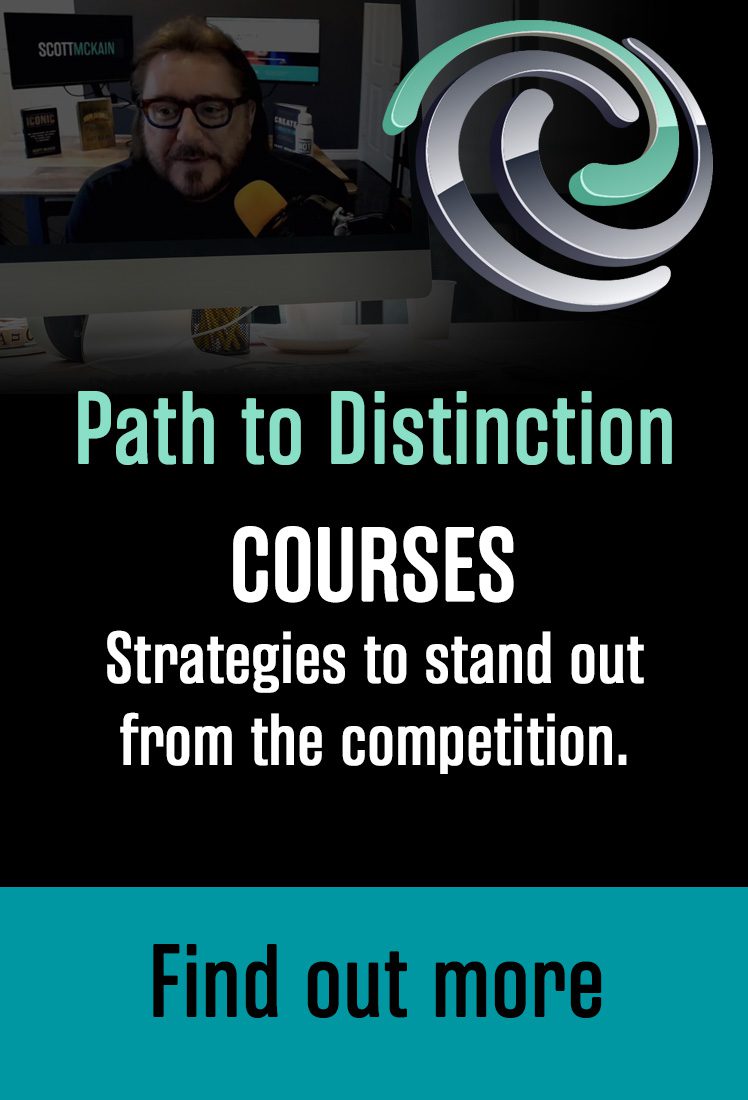In a recent conversation with a friend who is a leader in the luxury hotel market, I learned of an aspect his organization is experiencing that stunned me. “We are having significant turnover because our younger employees have decided they do not want to serve people of affluence.”
Let’s discuss what it means that Millennials and Gen Z are now key members of customer service teams. It’s an overlooked aspect of the shortage of superior employees: what happens when employees no longer want to serve your customers?
Here’s my perspective on this: everyone has the right to choose where they want to work and the jobs they want to perform…until they’re hired.
By this, I mean that if I don’t want to mop floors, I have every right to refuse to seek a job as a custodian. However, if I accept a janitorial position, I don’t believe I now have the right to complain when my boss tells me to get out a broom. I can either perform the assigned task — or seek employment elsewhere in another field.
You may ask, “What does this have to do with customer service?”
It’s about perspective. Customers are the most important factor for any business. Years ago, speaker Floyd Wickman published a book with a fantastic title: The Customer Signs Your Paycheck. Too often employees forget who their boss is. They can spend too much time thinking of themselves without a thorough understanding that they are working to ensure customers repeat their business and refer their organization to their colleagues and friends.
In this customer-centric environment, companies must focus on providing a customer experience that goes “beyond the sale” and provides a distinctive level of services.
Today, customer service is the name of the game. Let’s start with some facts:
- 79% of consumers expect companies to provide superior customer care (Vistaprint).
- 40% of Americans say they will not use a company again after one negative customer experience (Siebel Systems).
Unfortunately, customer service has gone downhill over the years.
- 60% of US employees don’t understand or agree with their company’s customer service strategy (American Express).
- Only 25% of customer-facing employees and managers strongly believe they can make a difference in providing excellent customer care (Vistaprint).
The good news is that training your team to deliver world-class customer service isn’t as difficult as you might think. By focusing on key areas, such as recognizing customer needs, understanding customer behavior, and embracing change, you can “set the table” for your team members to deliver the experience your customers crave.
- By the way, we can help you with your organization’s efforts here — just as we are doing with several dynamic and distinctive organizations.
However, today’s generations — Millennials and Gen Z — may need a unique type of education and training from their predecessors. While customer experience training is critically important across all age groups, Millennials and Gen Zs have grown up differently. Their experience comes from an environment where they constantly interact with brands via social media platforms such as Facebook and Twitter. They want to work for organizations that are making a difference in the world and are socially responsible.
For example, my hotel executive friend didn’t simply tell disgruntled employees something that might have been said a few years ago, “If you don’t want to serve the affluent, you can quit now!”
Instead, he talked with them about the cardiologists who were recently guests there for a meeting would now return home better prepared to save lives — maybe even family members of those who worked at the hotel.
He had them envision the couple that has saved for two years to take the perfect one-week vacation — and were guests of their hotel in anticipation of an extraordinary experience. He also reviewed the commitment of the hotel to recycle and other environmentally friendly efforts.
Would this have been a component of his education/training programs a few years ago? Of course not. However, that does not mean it isn’t of critical importance today.
It’s my belief that the employees of my friend’s hotel group weren’t really saying they didn’t want to serve affluent customers.
They were subtly informing their leader that they hadn’t discovered how their work was making a difference. They had not yet been educated on why the experience they were delivering could have a positive impact on their customers, colleagues, and organization.
In other words, the way we show how much our customers matter in today’s world is to begin by educating our teams on how they can make a positive difference. It’s a primary tool we can use to become distinctive in a hyper-competitive marketplace.



